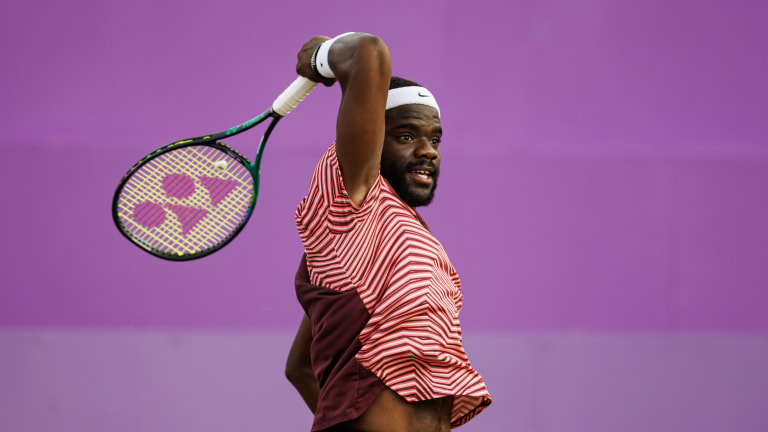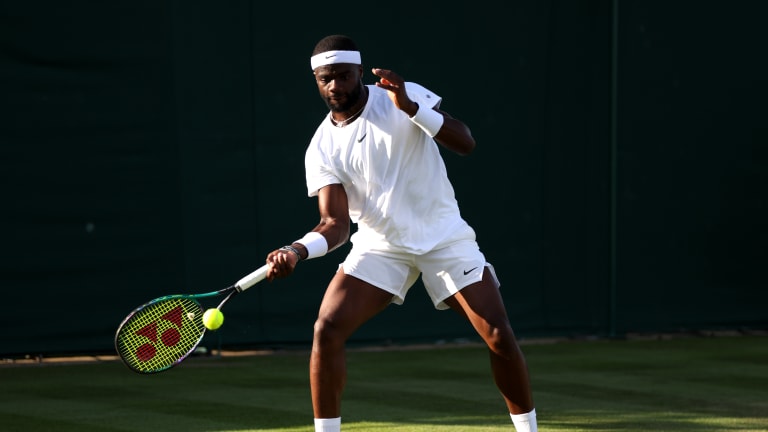Your Game
TECH Talk: Frances Tiafoe’s unorthodox forehand is a game-changing weapon
By Aug 24, 2023Your Game
Tariffs are serving up challenges to the tennis equipment industry
By Apr 13, 2025Your Game
The Partner ball machine uses robotics to revolutionize tennis training
By Apr 12, 2025Your Game
Racquet Review: Wilson Clash 100 Pro v3
By Apr 06, 2025Your Game
Shoe Review: Adidas Ubersonic 5
By Apr 05, 2025Your Game
Doubles Partners: Asics and A.P.C. team up for one-of-a-kind tennis collection
By Mar 30, 2025Your Game
Babolat and Lamborghini collaborate on new padel racquet collection
By Mar 29, 2025Your Game
Madison Keys: how racquet change led to first Grand Slam title
By Mar 28, 2025Your Game
Geared Up: Grigor Dimitrov continues to be a force with Wilson, Lacoste and Adidas
By Mar 23, 2025Your Game
Racquet Review: Babolat Pure Drive
By Mar 22, 2025Your Game
TECH Talk: Frances Tiafoe’s unorthodox forehand is a game-changing weapon
This American favorite is aiming for an epic run at the upcoming US Open, and his forehand will play a large role in determining whether that happens.
Published Aug 24, 2023
Advertising
Advertising

Tiafoe is taking names, one forehand at a time.
© © TENNIS PHOTO NETWORK, TEL- +61 433 754 488 MIKE@TENNISPHOTONET.COM

From this angle, the semi-western grip is easily spotted.
© Getty Images